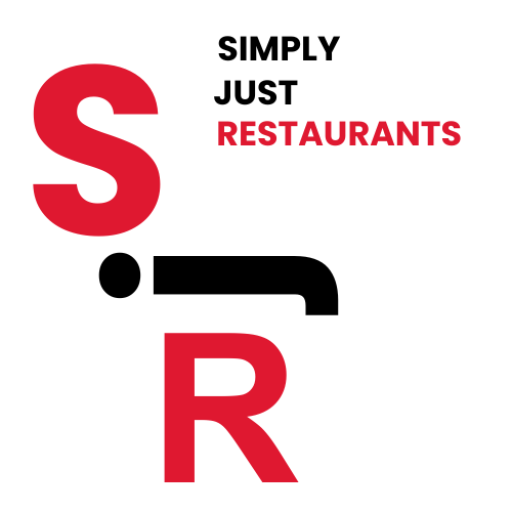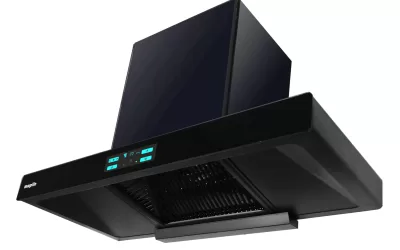- Introduction ton the Commercial Kitchen
- 1. Concept and Menu Planning For Commercial Design
- 2. Regulations and Compliance
- 3. Kitchen Layout and Design
- 4. Essential Equipment
- 5. Utilities and Infrastructure
- 6. Staffing and Training
- 7. Health and Safety Practices
- 8. Waste Management
- 9. Technology and Automation
- 10. Sustainability Practices
- 11. Continuous Improvement
- Conclusion
Introduction ton the Commercial Kitchen
Setting up a commercial kitchen requires careful planning, adherence to regulations, and a deep understanding of the workflow and equipment needed to run a successful food service operation. This guide provides a detailed overview of the key components, considerations, and best practices for establishing an efficient and compliant commercial kitchen.
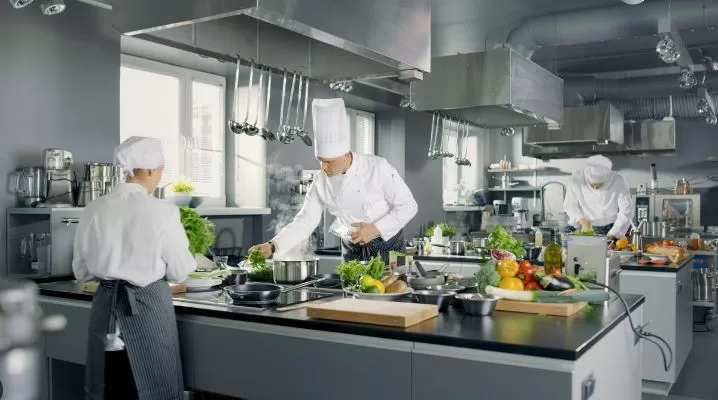
1. Concept and Menu Planning For Commercial Design
Before diving into the physical setup, it’s crucial to have a clear concept and menu for your restaurant or food service business. The type of cuisine, the volume of food production, and the specific menu items will significantly influence the commercial kitchen layout, equipment, and staffing needs.
- Cuisine Type: Different cuisines may require specialized equipment. For example, a bakery will need ovens and mixers, while a sushi restaurant will need refrigerated display cases and rice cookers.
- Menu Complexity: A more extensive and complex menu will require more diverse equipment and storage solutions.
- Production Volume: High-volume kitchens need more space and industrial-grade equipment to handle large quantities of food efficiently.

2. Regulations and Compliance
Compliance with health and safety regulations is non-negotiable for any commercial kitchen. Failing to adhere to local, state, and federal regulations can result in fines, closures, and damage to your reputation.
- Health Department Regulations: These include requirements for sanitation, food storage, waste disposal, and employee hygiene.
- Fire Safety: Install fire suppression systems, fire extinguishers, and ensure proper ventilation to prevent grease fires.
- Building Codes: Adhere to local building codes, including electrical and plumbing requirements, and ensure accessibility for people with disabilities.

3. Kitchen Layout and Design
A well-designed commercial kitchen layout is essential for efficient workflow, safety, and productivity. The layout should facilitate smooth movement and communication among staff while minimizing the risk of accidents.
- Work Zones: Divide the kitchen into distinct work zones such as preparation, cooking, plating, and cleaning. This helps in organizing tasks and reducing cross-contamination.
- Workflow: Design the kitchen to support a logical flow of food from storage to preparation, cooking, plating, and service.
- Space Utilization: Maximize the use of available space without overcrowding. Ensure there is enough room for staff to move freely and safely.
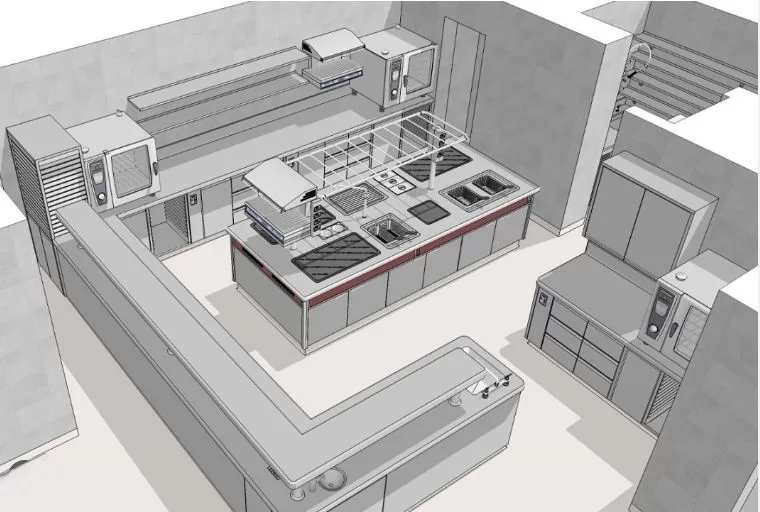
4. Essential Equipment
Investing in high-quality, durable equipment is crucial for the long-term success of your commercial kitchen. The exact equipment needed will depend on your menu and concept, but some essentials include:
- Cooking Equipment: Ovens, stoves, grills, fryers, and microwaves.
- Refrigeration: Walk-in coolers, freezers, reach-in refrigerators, and prep tables with built-in refrigeration.
- Food Preparation: Mixers, food processors, blenders, slicers, and cutting boards.
- Storage: Shelving, cabinets, and bins for dry goods, utensils, and equipment.
- Sanitation: Commercial dishwashers, sinks, and cleaning supplies.
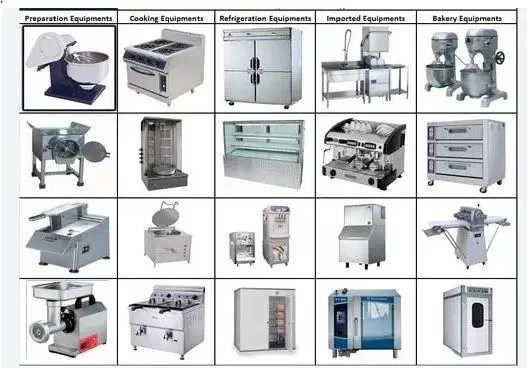
5. Utilities and Infrastructure
A commercial kitchen requires robust utilities and infrastructure to support its operations. This includes:
- Plumbing: Ensure adequate supply and drainage for sinks, dishwashers, and other water-using appliances.
- Electrical: Install sufficient outlets and ensure the electrical system can handle the load of your equipment.
- Gas Supply: For kitchens using gas appliances, ensure a safe and reliable gas supply with proper ventilation.

6. Staffing and Training
Your kitchen staff plays a critical role in the success of your food service operation. Hiring experienced and well-trained staff is essential.
- Roles and Responsibilities: Clearly define the roles and responsibilities of each staff member, including chefs, line cooks, prep cooks, dishwashers, and servers.
- Training: Provide thorough training on food safety, equipment operation, and emergency procedures. Regularly update training to keep up with new regulations and technologies.
- Teamwork: Foster a culture of teamwork and communication to ensure smooth operations and high-quality food production.
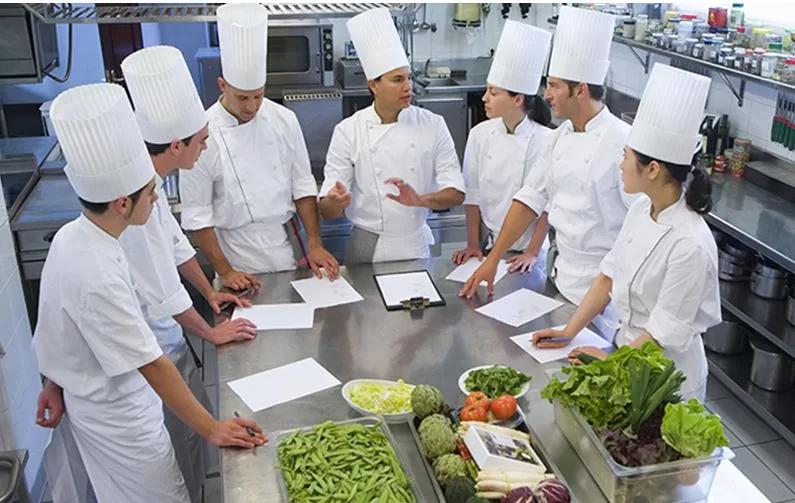
7. Health and Safety Practices
Maintaining high standards of health and safety is essential to protect your customers and staff and to comply with regulations.
- Sanitation: Implement strict cleaning schedules for all areas of the kitchen, including equipment, surfaces, and floors.
- Food Handling: Train staff in proper food handling techniques to prevent contamination and foodborne illnesses.
- Pest Control: Implement measures to keep pests out of the kitchen, such as regular inspections and proper waste management.
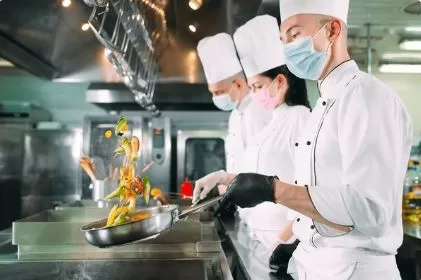
8. Waste Management
Efficient waste management is critical for maintaining a clean and compliant kitchen environment.
- Waste Separation: Separate waste into categories such as recyclables, compostables, and general waste.
- Disposal: Ensure proper disposal methods are in place and comply with local regulations.
- Reduction: Implement strategies to reduce waste, such as portion control and using food scraps creatively.
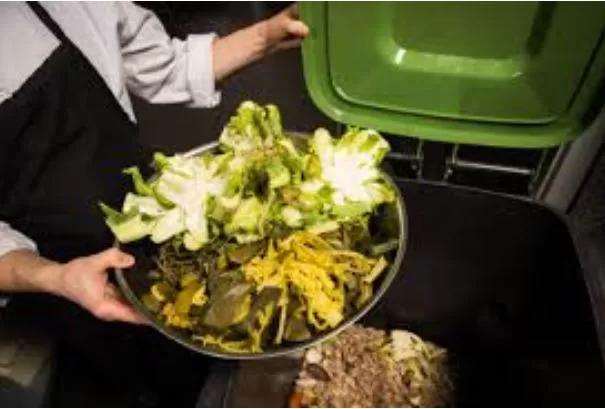
9. Technology and Automation
Leveraging technology can enhance the efficiency and accuracy of your kitchen operations.
- POS Systems: Integrate a point-of-sale system with your kitchen to streamline order processing and inventory management.
- Kitchen Display Systems: Use digital display systems to manage orders and improve communication between the front and back of the house.
- Inventory Management: Utilize software to track inventory levels, reduce waste, and manage ordering.

10. Sustainability Practices
Incorporating sustainability into your kitchen operations is not only good for the environment but can also appeal to eco-conscious customers.
- Energy Efficiency: Invest in energy-efficient appliances and lighting to reduce energy consumption and costs.
- Water Conservation: Implement water-saving practices and equipment to minimize water usage.
- Local Sourcing: Source ingredients locally to reduce your carbon footprint and support local businesses.
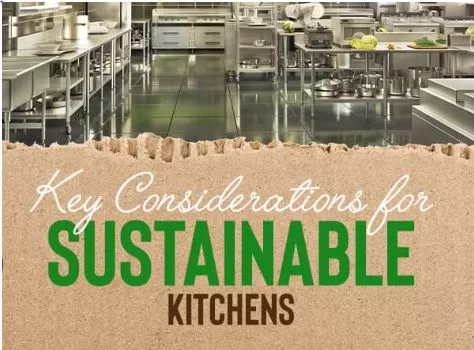
11. Continuous Improvement
Regularly review and improve your kitchen operations to stay competitive and efficient.
- Feedback: Gather feedback from staff and customers to identify areas for improvement.
- Inspections: Conduct regular inspections to ensure compliance with health and safety regulations.
- Training: Keep staff training up-to-date and provide opportunities for professional development.
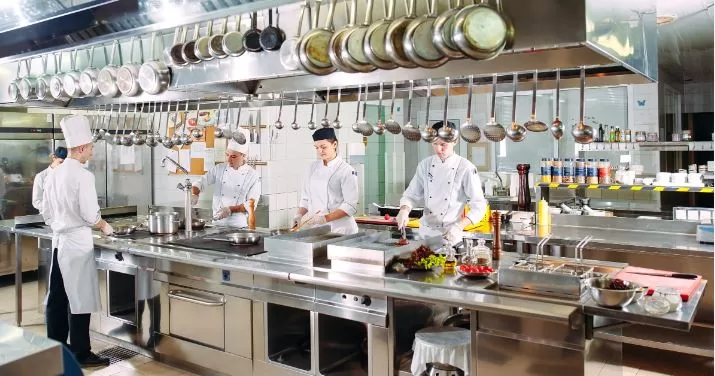
Conclusion
Setting up a commercial kitchen is a complex but rewarding endeavor. By carefully planning your concept, complying with regulations, designing an efficient layout, investing in quality equipment, and maintaining high standards of health and safety, you can create a kitchen that supports a successful food service operation. Continuously seek opportunities for improvement and innovation to keep your kitchen running smoothly and effectively.
About Author sudeshna mukherjee
You May Also Like…
2024 Buyer’s Guide: How to Choose the Best Auto Clean Chimney for Your Kitchen
IntroductionA chimney is essential for a clean and safe kitchen. Kitchen chimneys are essential for aesthetics and...
How to Choose the Right POS Software for Your Restaurant in India
Introduction Profits are what make it all worthwhile. Running a successful restaurant requires an efficient...

